
All is not Visible - Péter Türk (1943-2015) retrospective 20. April, 2018 – 24. June
Péter Türk created outstanding works of international quality at every stage of his consistent and coherent oeuvre characterized by a conceptual orientation.

Péter Türk created outstanding works of international quality at every stage of his consistent and coherent oeuvre characterized by a conceptual orientation.
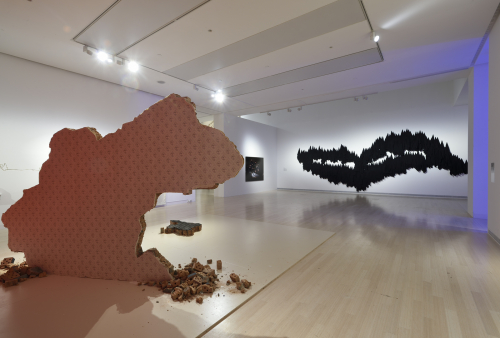
The first major presentation of the Ukrainian contemporary art scene in Hungary is a special occasion to look into the vibrant art of a country full of tensions, which is still largely in the blind spot of the European cultural area.
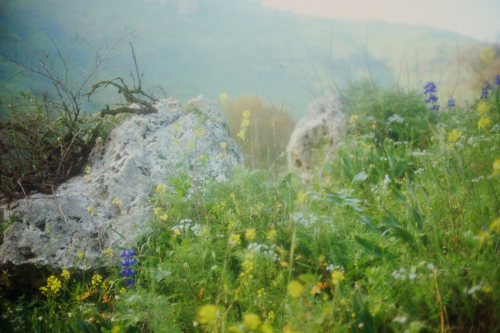
The exhibition presents recent works by Rafael Yossef Herman known for capturing the hidden existence of the night’s darkness.

The exhibition presents to the public the results of a four-year international program (CAPP) the mission of which has been to acquaint artists with collaborative art practices and support participatory projects involving various communities with a focus on seeking effective solutions to pressing social issues.

In 2017 it is the Ludwig Museum - Museum of Contemporary Art who houses the exhibition related to Esterházy Art Award, organised 5th time.
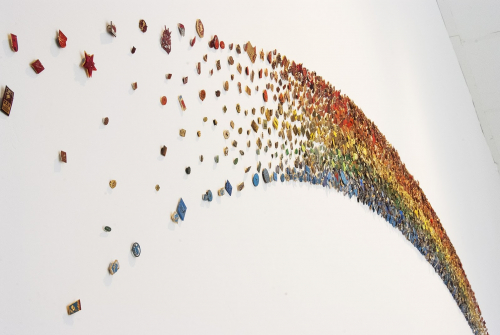
If you did not have a chance to visit the Hungarian Pavilion at the 57th Venice Bienniale this year, do not worry, the exhibition is on view until 14 January 2018 at Ludwig Museum Budapest.
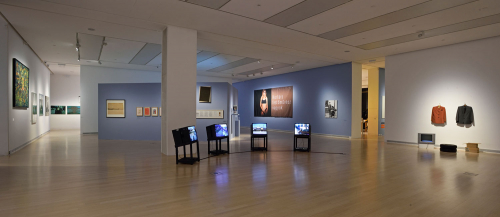
The emergence of art in an economic context and its interpretation in the refraction of contemporary culture and politics raises a vast number of questions.
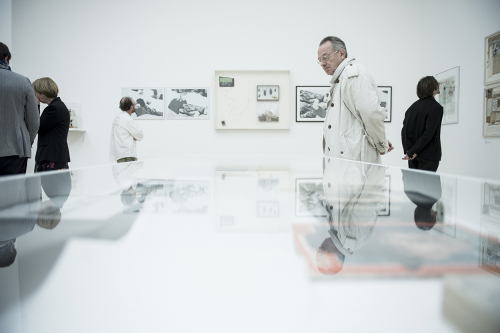
Being one of the 20th century’s most elemental movements while eluding rigid definitions, Fluxus can be interpreted as a continuation of the movements of Dada, Surrealism, action art and the ephemeral art of the 1960s.

The newly set collection display makes attempts to present emphatic points not only in well-organised chronological order or along stylistic features, but to examine the characteristics, consonances, differences as well as the artistic-cultural parallels between Western and Eastern art.
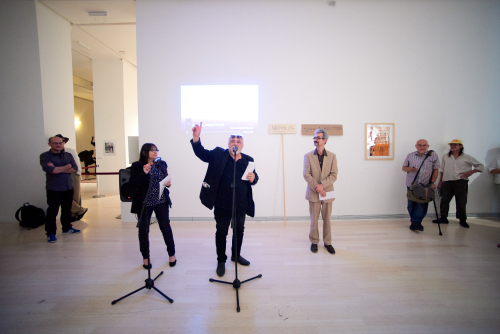
The group of artists whose name translates as Substitute Thirsters were active from 1984 until 1992.

Gilbert & George have been creating art together for fifty years, mainly concentrating on the aspects of modern city existence.
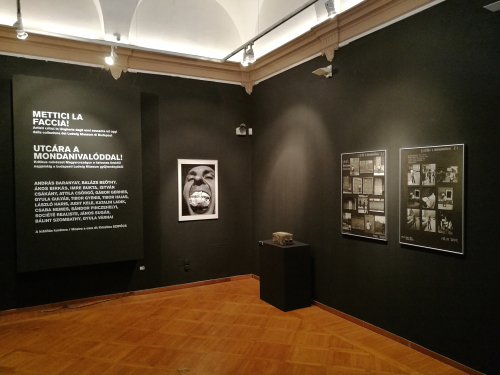
Critical artists in Hungary from the sixties to present times
A Ludwig Museum exhibition, hosted by the Accademi Ungherese in Rome.
Curator: Krisztina Szipőcs
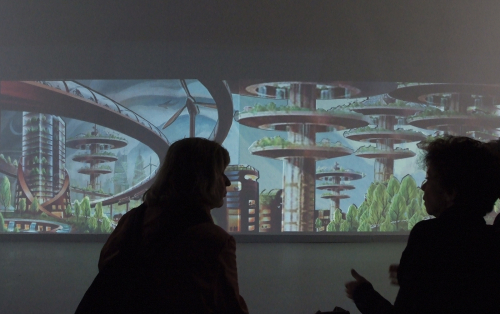
Hungarian Pavilion at the 57th International Art Exhibition of La Biennale di Venezia
Gyula Várnai: Peace on Earth!

The exhibition presents the artistic activities and draws attention to the significance of a Neo-Avant-garde artist group that used to exist on the periphery of Hungarian art scene.
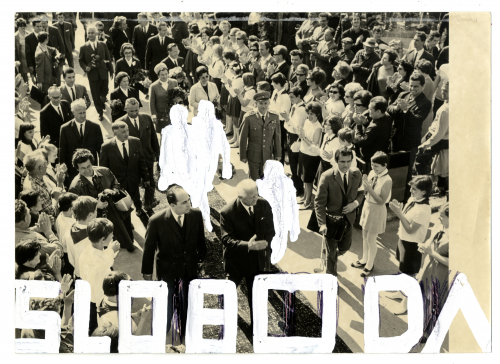
A comprehensive array of avant-garde art from the former Yugoslav states and some neighbouring countries, focusing on the Cold War era.
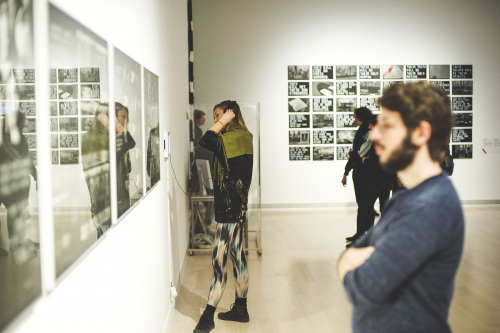
The exhibition presents media art in Hungary from its beginnings to our present days, introducing the lifework of artists who were responding to constantly changing technologies in creating their works.
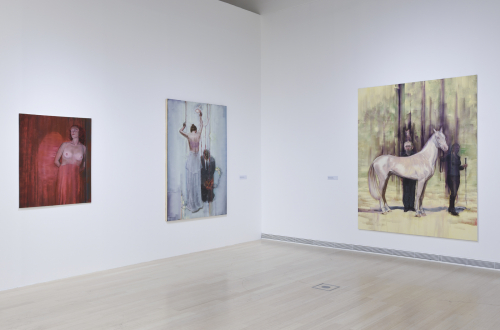
With a focus on the recent past, the exhibition provides an overview of Attila Szűcs’s achievements as a painter. His latest pieces are at the center of the display, their thematic and technical characteristics serving as a basis for the presentation of the complete oeuvre.

The spirituality of nature and painting as a contemplative process are the key themes addressed by the American artist Susan Swartz. To appreciate the meditative aura of her paintings, a different mode of seeing is required.
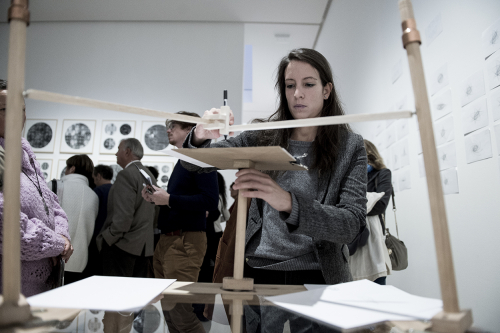
Timed for the current Bartók Memorial Year, this international exhibition looks at the composer’s legacy through the means of contemporary art.
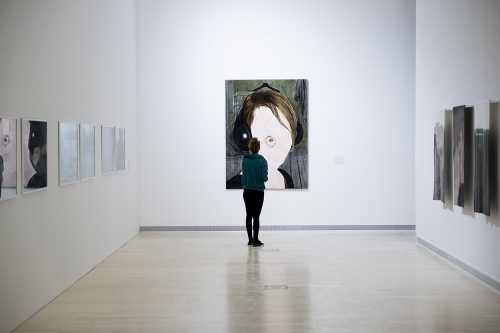
Poles are still struggling with identity issues, 27 years after the fall of the Iron Curtain. Only after 1989 were they able to discuss and examine Poland publicly, without censorship, for the first time in 50 years. Today, they continue to ponder the true nature of Poland and the Poles.

An exhibition organised by Wrocław Contemporary Museum (Muzeum Współczesne Wrocław) held as a part of the European Capital of Culture Wrocław 2016 program.
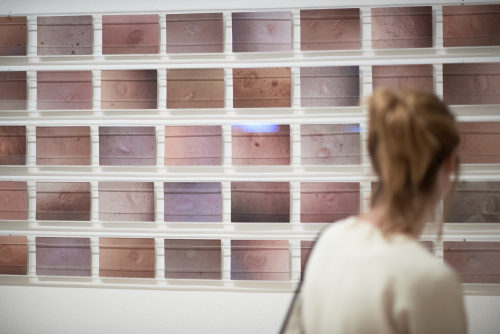
One of the priorities at Ludwig Museum Budapest is to keep track of the contemporary art scenes and new tendencies of the Central and Eastern European region and the post-socialist countries.
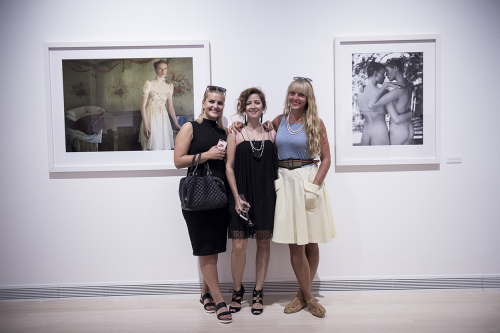
”We are always searching for the higher level of intimacy in our images.”
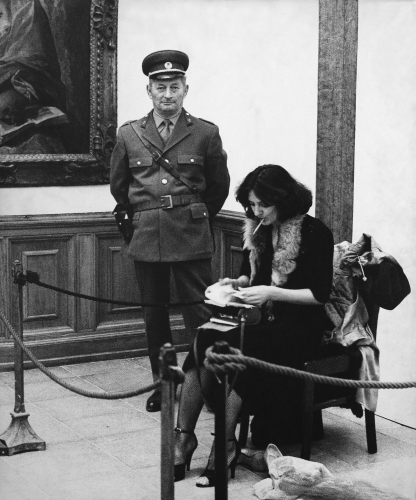
A Ludwig Musem collection showcase exhibition at the National Gallery of Arts, Tirana, Albania (Galeria Kombëtare e Arteve)